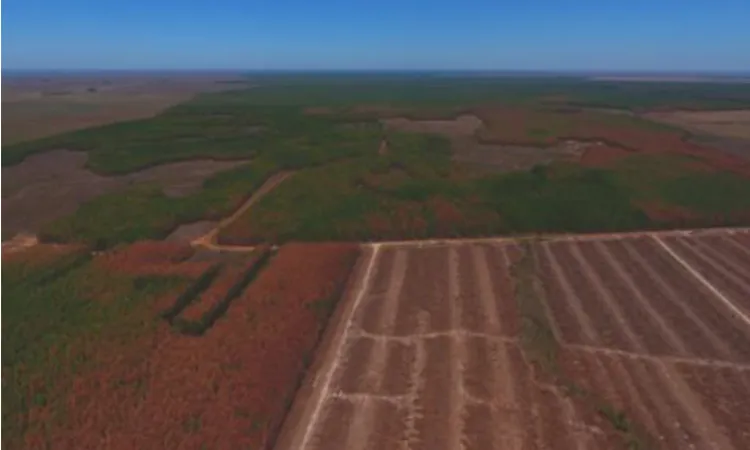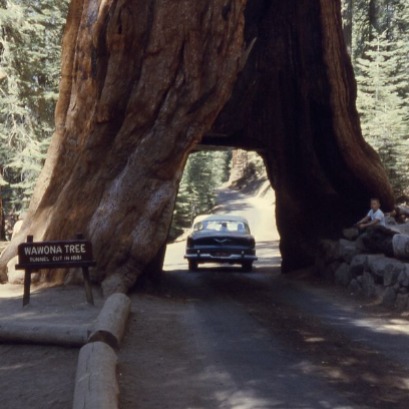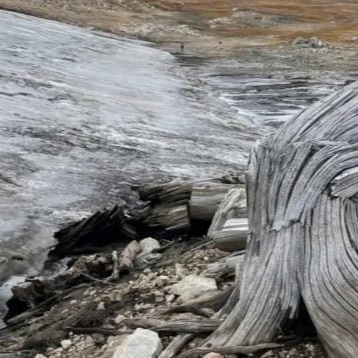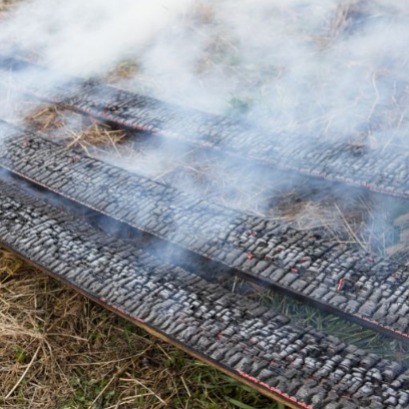
Pine mortality in Corrientes
A technical summary of the impact on forest production and crop recommendations in the face of drought, which has been going on for almost 3 years, was recently presented, and contains the main preliminary results, hypotheses and suggestions provided by the different Working Groups, where INTA participated, with other institutions and producers involved in the mentioned problem. “With technological tools, it was possible to determine a total of 10,543 hectares (82.8% in Pinus spp.; 15.8% Eucalyptus spp. and 1.4% other species) strongly affected, and another 24,202 hectares with a lesser degree of affectation in different areas of the province”, indicates the report. More information doing click here . Source: Inta forestry program – Argentina Forestry
In this sense, the INTA Concordia Agrometeorological station has the following balance where the drought in November that continued to decline in December is noted

IT MAY INTEREST YOU
 Wawona tree: the tourist attraction of the United States that disappeared in 1969
Wawona tree: the tourist attraction of the United States that disappeared in 1969
It was created in 1881 and became a very popular place during the following decades. However, when the tree fell at the close of the 1960s, everything changed. Wawona tree was the name that had a tourist attraction from the United States, which remained standing from 1881 to 1969 in Mariposa Grove, Yosemite National Park, California.
 Unusual finding: a pine forest in excellent condition emerges after 6,000 years buried under the ice
Unusual finding: a pine forest in excellent condition emerges after 6,000 years buried under the ice
In the world there are millions of forests. Some are close to urban centers, others in remote and inaccessible places, but they all fulfill a key role: maintain the balance of the planet. They are literally the lung of the earth. When talking about a new forest, the first thing that comes to mind is usually reforestation, a recent plantation or the recovery of an area razed by fire. But this discovery is on another way. It is not a forest sown recently. It is an old forest, which was there for thousands of years, buried under the ice. And now, with the thaw caused by global warming, he has emerged again.
 Burned wood: the Japanese technique that beautifies and protects the material
Burned wood: the Japanese technique that beautifies and protects the material
Elegant, ecological and resistant: the wood treated with the millenary technique called Yakisugi challenges the weather and the passage of time. In the world of design and construction, a Japanese ancestral technique is gaining prominence. This is the Yakisugi (also known as Shou Sugi Ban), a method that consists in burning the surface of the wood to make it more resistant and attractive. Although it may seem contradictory, exposing wood to fire gives natural protection against moisture, insects and deterioration over time.





















